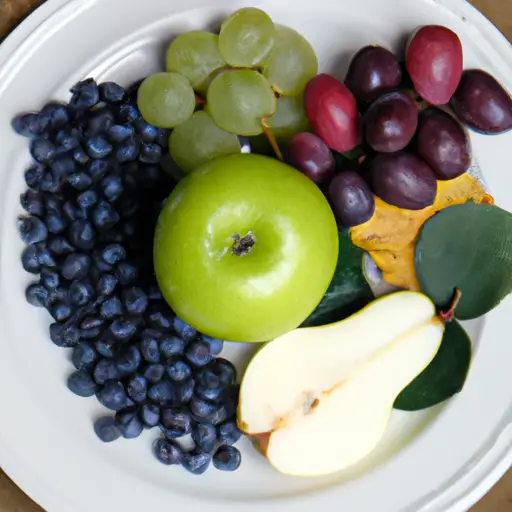From Seed to Plate: Exploring the Journey of Growing Fruits and Vegetables
Introduction:
When we walk down the produce aisle in our local grocery stores, it’s easy to take for granted the variety of fresh fruits and vegetables available to us. But have you ever stopped to think about the journey these products took from being just a tiny seed to ending up on your plate? In this article, we will explore the fascinating process of growing fruits and vegetables, from seed to plate.
The Importance of Seeds:
At the heart of every fruit and vegetable is a seed. These seeds hold within them immense potential for growth and development. Farmers carefully select high-quality seeds that are adapted to their growing conditions and desired characteristics. Seeds can come from various sources—some farmers save seeds from their previous harvests while others purchase them from reputable suppliers. Ensuring the availability and quality of suitable seeds is crucial for successful farming.
Nurturing Young Plants:
Once the seeds have been selected, they need proper care and nourishment to germinate and grow into healthy plants. Farmers prepare their fields or containers by loosening the soil, adding compost or fertilizers, and creating optimal conditions for growth such as providing adequate sunlight, temperature, and moisture levels.
Seeds are sown or placed into the ground or containers at just the right depth. Over time, with sufficient watering, plants begin to sprout through the soil surface. Some farmers use techniques like greenhouses or indoor grow lights to provide controlled environments for early plant growth. This nurturing phase is essential as it allows plants to establish strong root systems.
Caring for Growing Plants:
As plants continue to grow, they require regular attention and care from farmers. This includes activities such as watering, weeding, fertilizing, pest control measures, pruning, trellising (for certain vine crops), staking (for tall plants), or providing support structures like cages or nets.
Watering is a vital aspect of plant care, as plants need the right amount of moisture to thrive. Farmers may employ various methods, such as drip irrigation or sprinkler systems, to ensure efficient water distribution. Weeds must also be removed regularly to prevent them from competing with the main plants for sunlight, water, and nutrients.
The Role of Pollinators:
Many fruits and vegetables require pollination to produce fruits. This fascinating process involves transferring pollen grains from the male parts of flowers to the female parts. While some plants can self-pollinate, others rely on external factors such as wind or insects for pollination.

Pollinators like bees, butterflies, birds, and bats play a crucial role in this process by carrying pollen from flower to flower. Farmers often create habitats or place beehives near their fields to encourage pollinator populations. Without these little helpers, our plates would be devoid of many delicious fruits and vegetables.
Harvesting:
After weeks or months of care and attention, the time finally comes for harvest. Different fruits and vegetables have unique signs indicating their ripeness; farmers use their expertise and experience to determine the best time for harvesting each crop.
Harvesting techniques vary depending on the type of crop. Some fruits are hand-picked carefully to avoid damaging them, while others are cut using knives or shears. Vegetables are typically pulled out of the ground or cut at their base.
Post-Harvest Handling:
Once harvested, it’s essential to handle fruits and vegetables properly so they retain their quality and nutritional value. This involves packing them carefully in clean containers that protect them during transportation from farm to market.
Cooling facilities help maintain freshness by rapidly reducing the temperature after harvest. Apples may be placed in controlled atmosphere storage rooms for extended shelf life, while leafy greens benefit from hydrocooling techniques that remove field heat quickly.
Farmers may also conduct quality control checks during post-harvest handling to ensure that only the best produce reaches consumers.
From Farm to Market:
After being appropriately handled, fruits and vegetables are transported to local grocery stores, farmers’ markets, and other food retailers. This journey from farm to market involves careful logistics planning to maintain freshness and avoid delays. Refrigerated trucks or cold storage facilities may be used during transportation, especially for delicate or perishable items.
Finally, these fresh produce items are displayed on store shelves, awaiting consumers like us who appreciate their nutritional benefits and delicious taste.
Conclusion:
The journey of growing fruits and vegetables is a labor of love for farmers who work hard to ensure that we have access to fresh, healthy produce. From selecting high-quality seeds and nurturing young plants to harvesting, post-harvest handling, and transportation – every step is essential in bringing these delightful products from seed to plate. So the next time you bite into your favorite fruit or savor a vegetable-rich dish, take a moment to appreciate the remarkable journey it made before reaching your plate.













